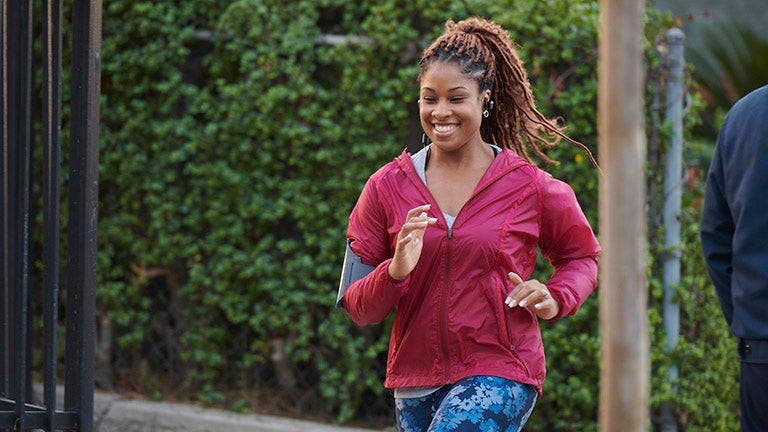10km run fitness plan


10km run fitness plan
This 12-week running plan will have you smash your first 10km and shed some kilos in the process. If you find the first week too easy, start on another week that matches your current level. And if you’re not ready to move on you can repeat a week. It’s about making it work for you.

How does it work?
Running is the ideal way to get a great cardio workout and really give your weight loss a boost. And the beauty of it is, just about anybody can give running a go, even if you’ve never tried it before. This plan will take you smoothly from walking to running to increase your fitness and energy-burning capacity. By consistently performing this plan you’ll be ready to run recreationally or for a 10km race or charity event. Before beginning, ensure you can comfortably walk for 30 minutes at a brisk pace at least three days per week. Get clearance from your GP if you haven’t exercised in a long time, are very overweight or have existing medical conditions before starting.
What to expect
This 12 week running plan will take you from walking for 30 minutes to smashing your first 10km, and improve your health and wellness in the process. You’ll start by adding in some running to your walk and gradually increase the run time as you get fitter. There are also some interval sessions later in the plan to really give your fitness and running an extra edge.
Low intensity: No hard breathing, you’re able to talk and sing easily.
Moderate intensity: Puffing slightly, you’re able to have a conversation, but not sing.
High intensity: You’re huffing and puffing, and only able to talk briefly.
Warm up and cool down
Remember to warm up for 5 minutes before every session by starting off at a slower pace or lighter intensity. To cool down after the session, do a range of static stretches (where you hold still at the point of mild discomfort for 10-30 seconds) for 5 minutes. Ideal ones include quad stretches for the front of the thigh, hamstring stretches for the back of the thigh and calf muscles, and abductor stretches for the outer thigh and bottom. For the upper body include stretches for the chest, back, and arms.
RELATED: How to become a runner
